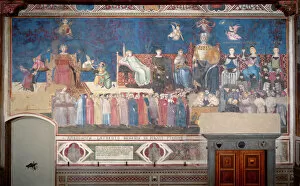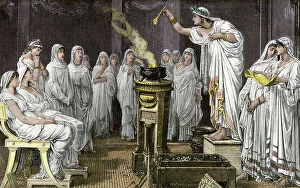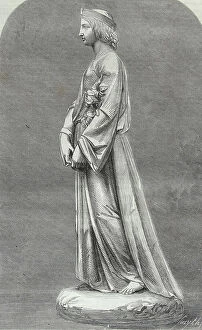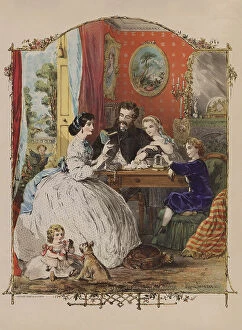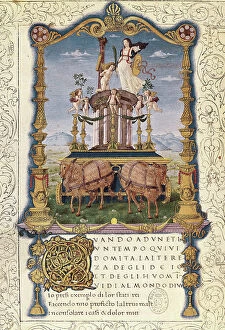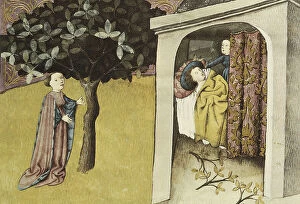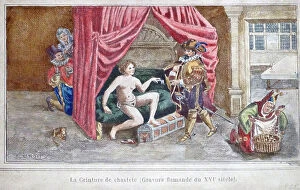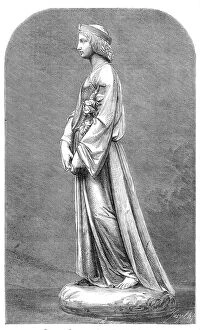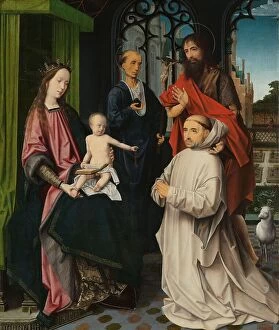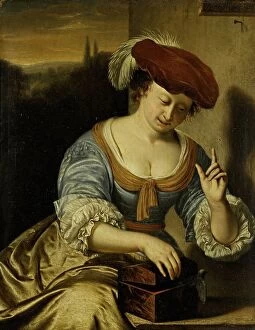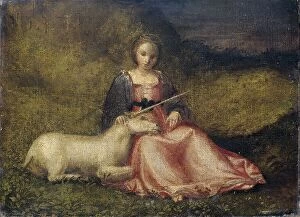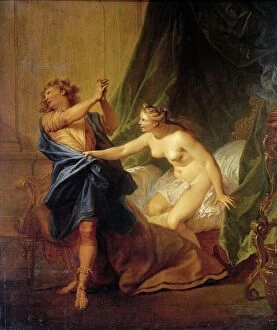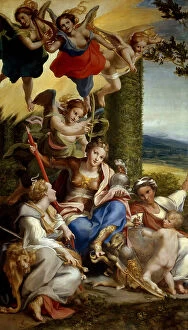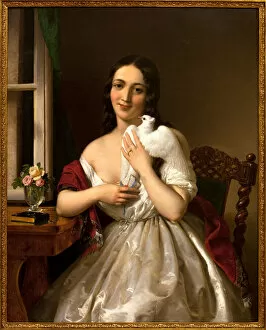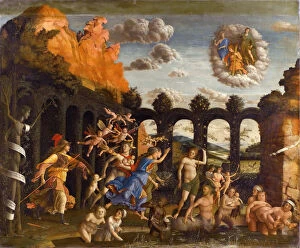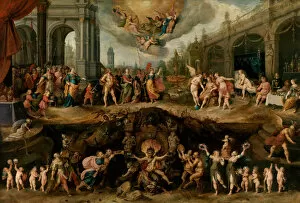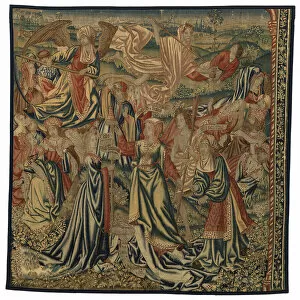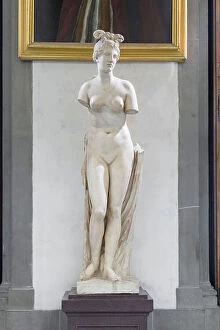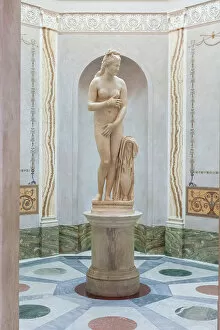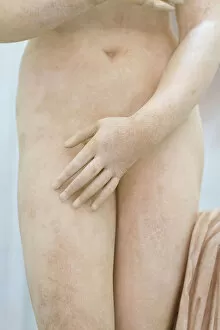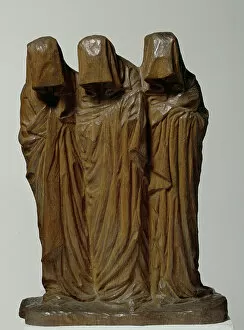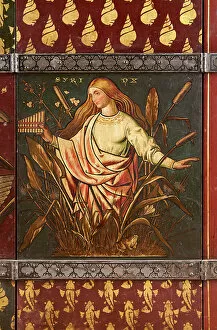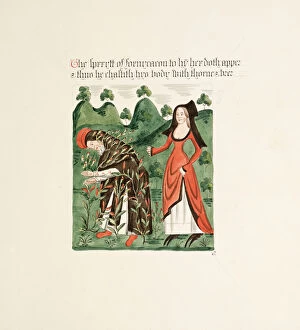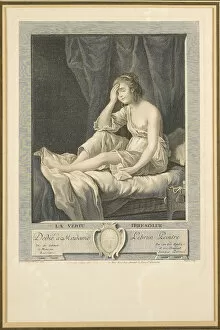Chastity Collection
"Exploring the Tapestry of Chastity: A Journey through Time and Art" In the early 16th century, in Brussels, Belgium, a remarkable tapestry was created
All Professionally Made to Order for Quick Shipping
"Exploring the Tapestry of Chastity: A Journey through Time and Art" In the early 16th century, in Brussels, Belgium, a remarkable tapestry was created. Known as the "Triumph of Death over Chastity with the Three Fates, " it depicted a powerful narrative that transcended time. Woven with wool and silk, this masterpiece captured the essence of chastity's vulnerability. Centuries later, Franco Mistrali's drawing from "Misteri del Vaticano" unveiled another aspect of chastity's struggle. Agnes of Rome, stripped naked and paraded through the streets to a brothel against her will, symbolized society's relentless attempts to challenge purity. However, amidst these trials emerged stories like that of Lysistrate protecting her sex. In 1896, a lithograph portrayed her unwavering determination to safeguard her virtue in an ever-changing world. The marble sculpture Venus pudica further exemplified chastity's allure. Crafted between 100-150 AD by skilled hands, its delicate features embodied modesty while captivating viewers with its timeless beauty. An offering by a Vestal in an oil painting from 1785-86 showcased how ancient Roman vestals devoted themselves to celibacy as they served their goddess Vesta faithfully. Detailing every curve and contour flawlessly carved in marble stood the Statue of Capitoline Venus - an embodiment of feminine grace and purity throughout history. Its presence evoked awe-inspiring admiration for chastity’s enduring power. As art evolved across centuries, so did societal perceptions surrounding female virtue. Woodcuts from the 16th century depicted women wearing chastity belts – symbols both controversial and confining – reflecting changing attitudes towards women’s autonomy over their own bodies. Amidst all these artistic expressions lies Miklos Barabas' painting "Travelling Pigeon. " Created in 1843 on canvas, it symbolizes the purity of love and loyalty that transcends physical boundaries.

